Out of stock, durian prices soar again
On the morning of November 5, Mr. Nguyen Nhu Cuong, Director of the Department of Crop Production ( Ministry of Agriculture and Rural Development ) answered VTC News about the reason for the high price of durian. According to Mr. Cuong, currently, the peak durian season in the Western provinces and Dak Lak is almost over, only off-season durian remains with a small area in Gia Lai province, the remaining output is about 260,000 tons.
“Because durian production is low, while Chinese demand is high, prices are increasing. The market decides whether the price is expensive or cheap, and the agricultural sector does not intervene,” said Mr. Cuong.
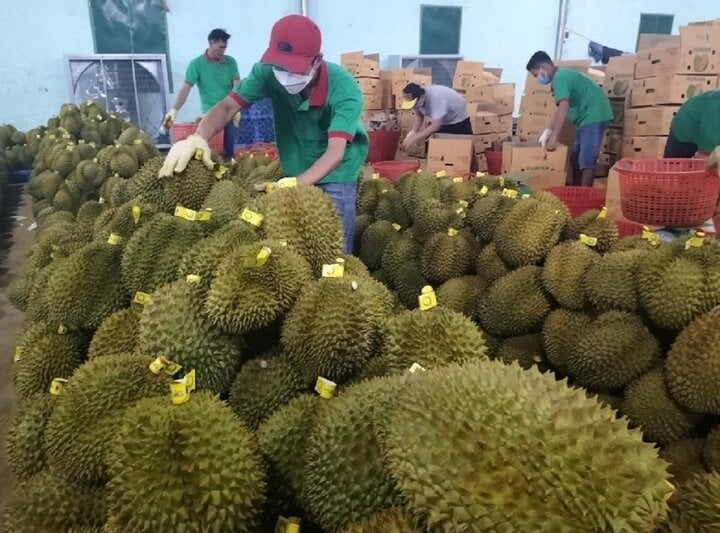
Durian prices are increasing quite high (Photo: VNA).
Also answering VTC News on the morning of November 5, Mr. Dang Phuc Nguyen, General Secretary of the Vietnam Fruit and Vegetable Association, said that the increase in durian prices was predicted when the largest growing area, Dak Lak, had more than 23,000 hectares harvested.
"Now there is only Gia Lai region, an area equal to 1/4 of Dak Lak, equivalent to about 5,000 hectares and a few off-season durians in the West. While in the West like Tien Giang, Ben Tre, durian output is also large but off-season durians are very small. Consumption demand in China remains the same while supply in countries like Thailand, the Philippines, and Malaysia has also run out of off-season durians, so the price increase is understandable," said Mr. Nguyen.
Mr. Nguyen predicts that in the coming time, as the supply becomes more scarce, durian prices may increase further. Last year, there was a period of off-season durian in the garden that reached 200,000 VND/kg.
“Currently, China's consumption demand is very large. In 2022, it was about 4 billion USD, this year it could reach 6 billion USD. It is forecasted that in the coming years, China can import up to nearly 20 billion USD, of which more than 80% of the output is imported from Thailand, the rest is divided equally among other countries such as Vietnam, Malaysia, and the Philippines,” Mr. Nguyen analyzed.
Mr. Nguyen said that China has a huge demand for durian, while they have not been able to grow durian. To be able to supply enough domestically and not depend on foreign imports, China needs at least 20 more years to develop growing areas. Not to mention that durian trees take at least 6 years to be able to harvest.
“Vietnam’s durian exports will still have value in the next 20 years, the export market is still very good and the Chinese market alone is ready to cover the entire Southeast Asia region. Meanwhile, Vietnam has a great advantage in road logistics, very convenient seaports, fast transportation time, low cost… Along with that, the Ministry of Transport is speeding up the construction of the North-South expressway, which will help reduce costs, speed up time, and help agricultural products compete better with other countries,” said Mr. Nguyen.
According to Mr. Nguyen, many countries are currently developing durian trees, but our country has the advantage. Vietnam needs to encourage people to grow them, but it needs to follow the planning, ensure food safety, limit the use of pesticides, and not grow them in areas at risk of saltwater intrusion or in areas with low efficiency.
“If our products have good quality, reasonable price, convenient logistics, and ensure safety according to importers' requirements, then we can rest assured that durian can compete with all countries in the region,” said Mr. Nguyen.
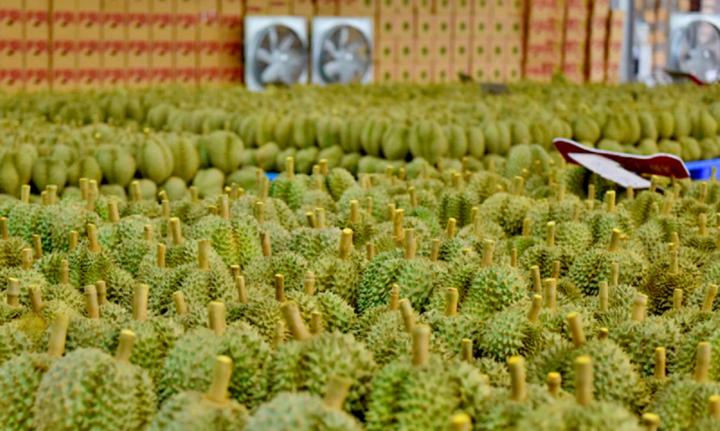
China's demand for durian imports is currently very large. (Illustration photo).
Traders find it difficult to buy goods.
On November 5, some durian purchasing businesses in Tien Giang reported that the purchase price of Ri 6 durian at the warehouse was up to 123,000 VND/kg (type 1 and type 2); 106,000 VND/kg (type 3) and the price of floating goods was up to 50,000 - 60,000 VND/kg.
For Monthong durian, the price at the warehouse for type 1 is 145,000 VND/kg, type 2 is 130,000 VND/kg, 30,000 - 40,000 VND/kg higher than a week ago, when Dak Lak still had stock.
Mr. Nguyen Van Trung (Cho Gao, Tien Giang), a business specializing in supplying durian to agents in Saigon, Hanoi and exporting to China, said that because it is the beginning of the off-season durian season in the West, only a few areas in Tien Giang and Ben Tre have harvested durian.
"In the same period last year, the purchase price at the Ri 6 durian garden was only 70,000 - 80,000 VND/kg, this year it jumped to 120,000 VND/kg due to China's demand. As a durian specialist, there are days when we cannot buy any kg, and usually we can only buy 1-2 tons/day. To maintain operations, we have to sell other types of fruit such as coconut and green-skinned grapefruit," said Mr. Trung.
According to Mr. Trung, if all costs and profits are calculated, the retail price of domestic grade 1 durian must be up to 200,000 VND/kg and about 600,000 VND/fruit - consumers cannot afford to buy it, so businesses have to cut profits to stabilize the system.
PHAM DUY
Source






![[Photo] Worshiping the Tuyet Son statue - a nearly 400-year-old treasure at Keo Pagoda](/_next/image?url=https%3A%2F%2Fvphoto.vietnam.vn%2Fthumb%2F1200x675%2Fvietnam%2Fresource%2FIMAGE%2F2025%2F12%2F02%2F1764679323086_ndo_br_tempimageomw0hi-4884-jpg.webp&w=3840&q=75)
![[Photo] Parade to celebrate the 50th anniversary of Laos' National Day](/_next/image?url=https%3A%2F%2Fvphoto.vietnam.vn%2Fthumb%2F1200x675%2Fvietnam%2Fresource%2FIMAGE%2F2025%2F12%2F02%2F1764691918289_ndo_br_0-jpg.webp&w=3840&q=75)


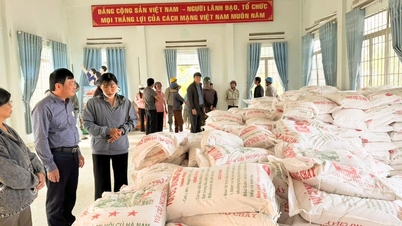

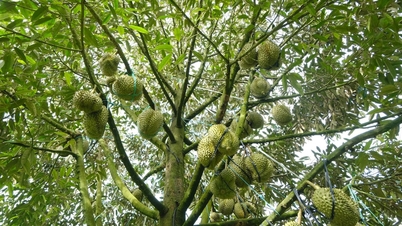
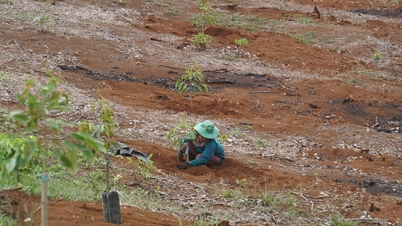
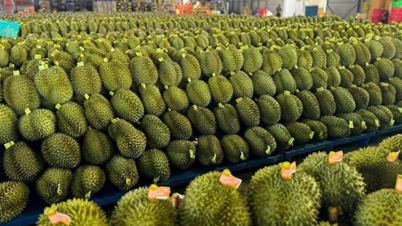




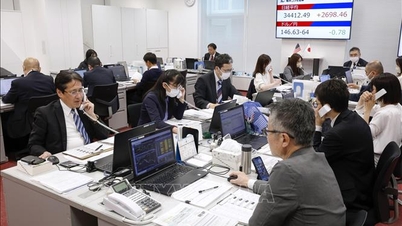




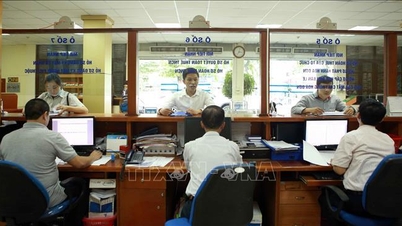
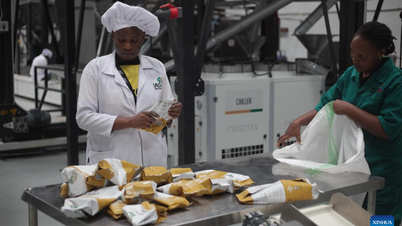




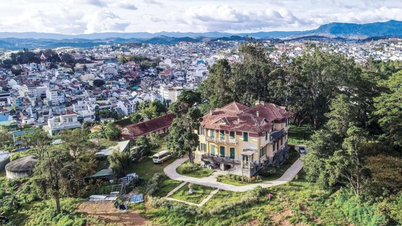












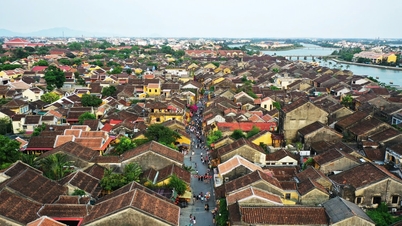












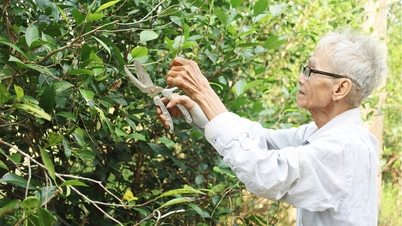

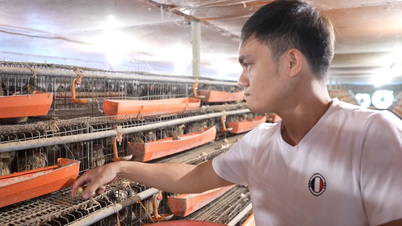



















































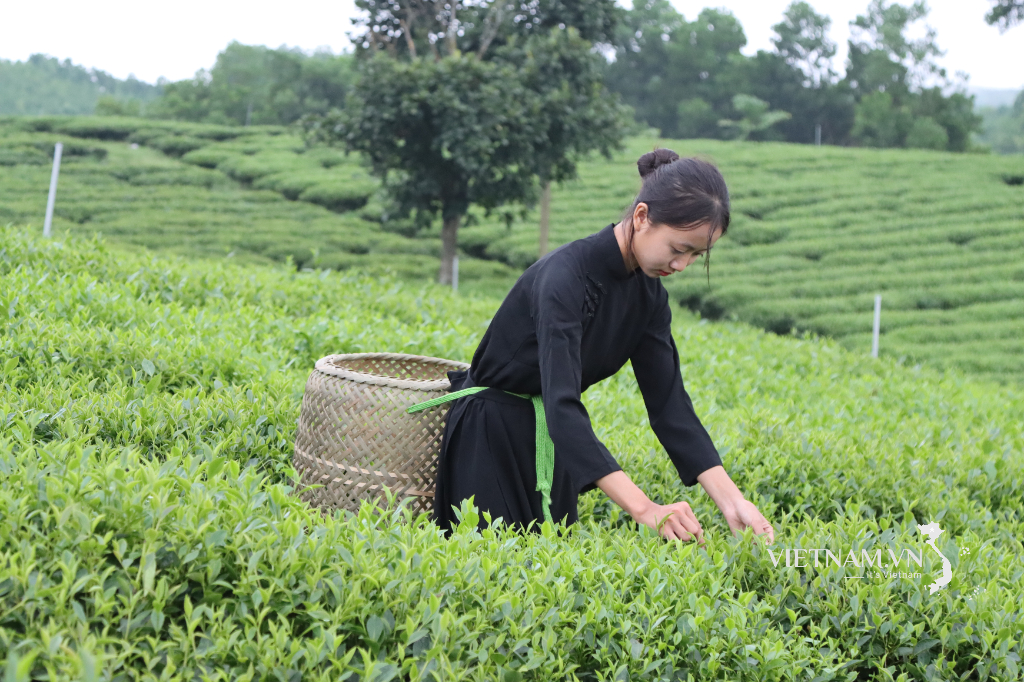



Comment (0)